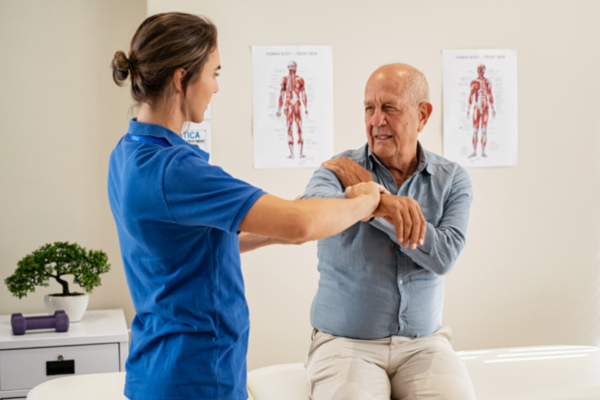One of the most commonly seen traumas in sports is the foot ligament injury. This trauma often occurs when an athlete lands ungracefully or twists their foot during a game. Symptoms of an foot sprain include discomfort, swelling, and difficulty moving. Immediate treatment typically includes the R.I.C.E. method, which represents for Rest, Cooling, Compression, and Lifting. This approach helps reduce swelling and discomfort. In severe severe situations, rehabilitative treatment may be required to restore strength and mobility to the ankle before going back browse around this web-site to sports.
Another frequent injury is a muscular strain, which can occur in any athletic activity that demands sudden actions or heavy weight-bearing. Athletes may experience a muscular strain when they extend a muscle too much or when they exert too great force. Signs include sharp discomfort, swelling, and muscular spasms. Recovery for muscle strains often entails gentle stretching and strengthening workouts. Gradually raising activity levels is vital to avoid re-injury. Sportspeople should work tightly with a physical therapist to develop a secure and effective recovery strategy.
Tendon inflammation is another injury that can affect athletes, particularly those who engage in repetitive motions, such as runners or swimmers. This condition occurs when a tendon, which links muscular tissue to skeletal structure, gets inflamed. Common areas affected by tendon inflammation include the arm, upper arm, and leg. Symptoms often include pain and stiffness, especially during movement. Treatment for tendon inflammation usually involves rest, ice, and anti-inflammatory medications. In some cases, rehabilitative treatment may be suggested to enhance flexibility and strength in the affected area.
Preventing sports traumas is just as crucial as treating them. Sportspeople can minimize their chance of injury by warming up properly before events, using the right gear, and keeping good physical shape. Power conditioning and flexibility workouts can assist ready the body for the demands of sports. Additionally, sportspeople should listen to their bodies and allow breaks when needed. By comprehending frequent athletic injuries and implementing effective rehabilitation strategies, sportspeople can remain fit and enjoy their beloved sports for a long time to come.
